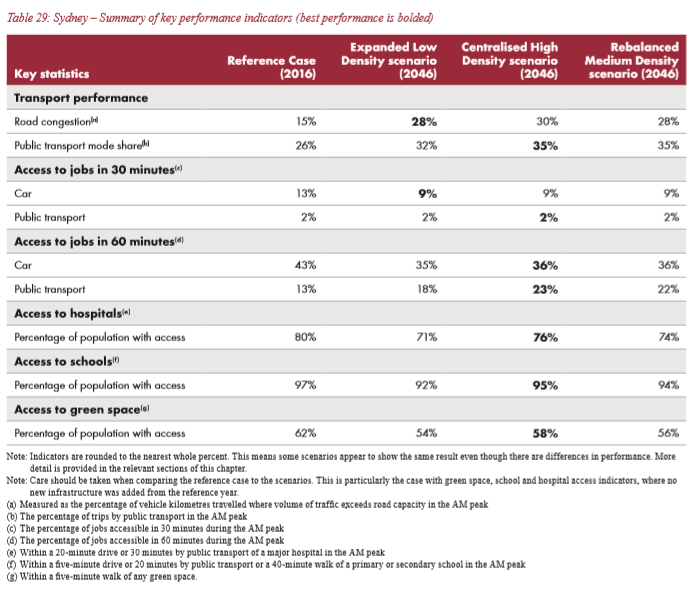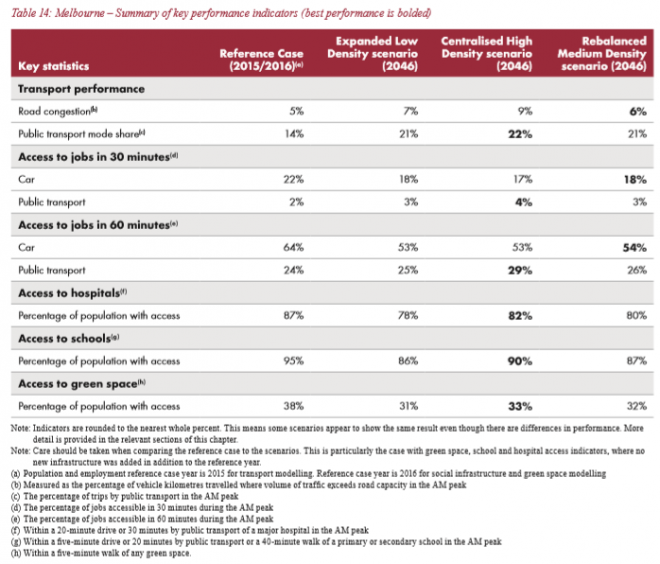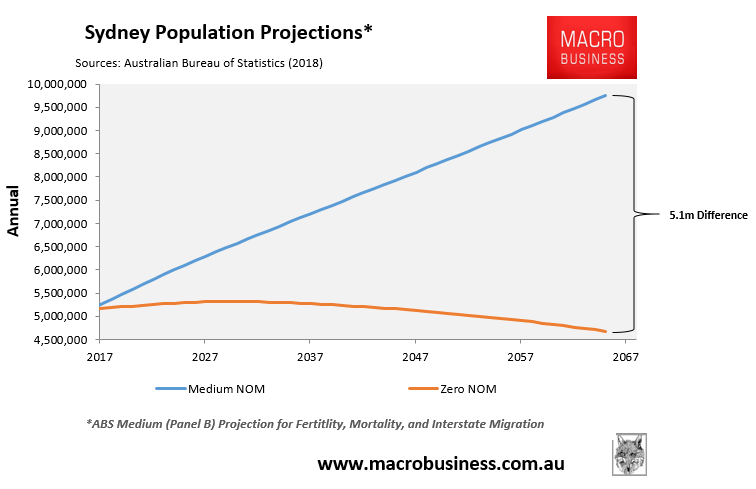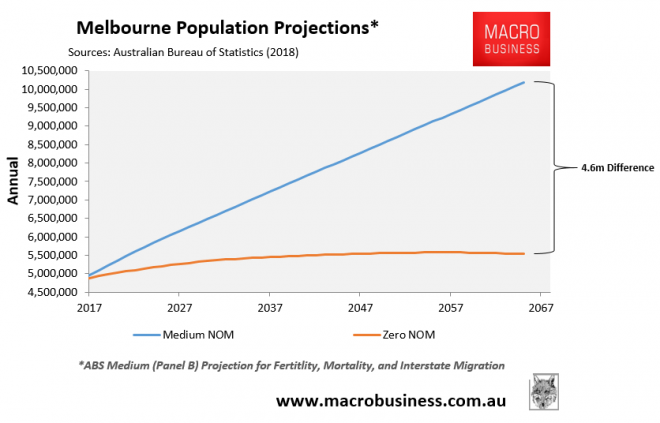Glenn Docherty, chair of the National Growth Areas Alliance, penned a disturbing article in Fairfax claiming that five million Aussies living in Australia’s outer-suburban areas have been left without adequate access to infrastructure or services as Australia’s population has ballooned:
…for nearly one fifth of Australia’s population, the federal government’s piecemeal approach to infrastructure investment is impacting their daily lives.
More than 1 million Australians have moved to the outer suburbs of our major cities since 2011. Yet despite accommodating 35 per cent of Australia’s population growth since then, the outer suburbs received just 13 per cent of federal infrastructure spending. The rate of investment has neither caught up nor kept pace with population growth.
A major study commissioned by the National Growth Area Alliance, comprising 21 councils on our major cities’ urban fringes, warns of a $70 billion backlog in funding for infrastructure within 15 years in these fast-growing outer suburbs, unless a significant policy shift occurs. The result would be deteriorating access to jobs and services, increased travel times and worsening social, economic and environmental costs.
It is a fantasy to believe that we can run a ‘Big Australia’ mass immigration policy and have infrastructure keep pace. It hasn’t happened in 20 years, and it’s not about to now.
The fact of the matter is that Infrastructure Australia’s own projections for Sydney and Melbourne show that travel times and access to jobs, schools, hospitals and open space will all worsen as their populations balloon to 7.4 million and 7.3 million respectively by 2046, irrespective of whether these cities build up or out:


And with Sydney’s and Melbourne’s populations projected to balloon to around 10 million people over the next half century, on the back of mass immigration, we’ll necessarily see more Aussies left behind, along with increasing inequality.


Policymakers’ first priority should be to not make the infrastructure situation any worse. And the only way to stop the infrastructure backlog from growing is to pause immigration until infrastructure has caught up.

